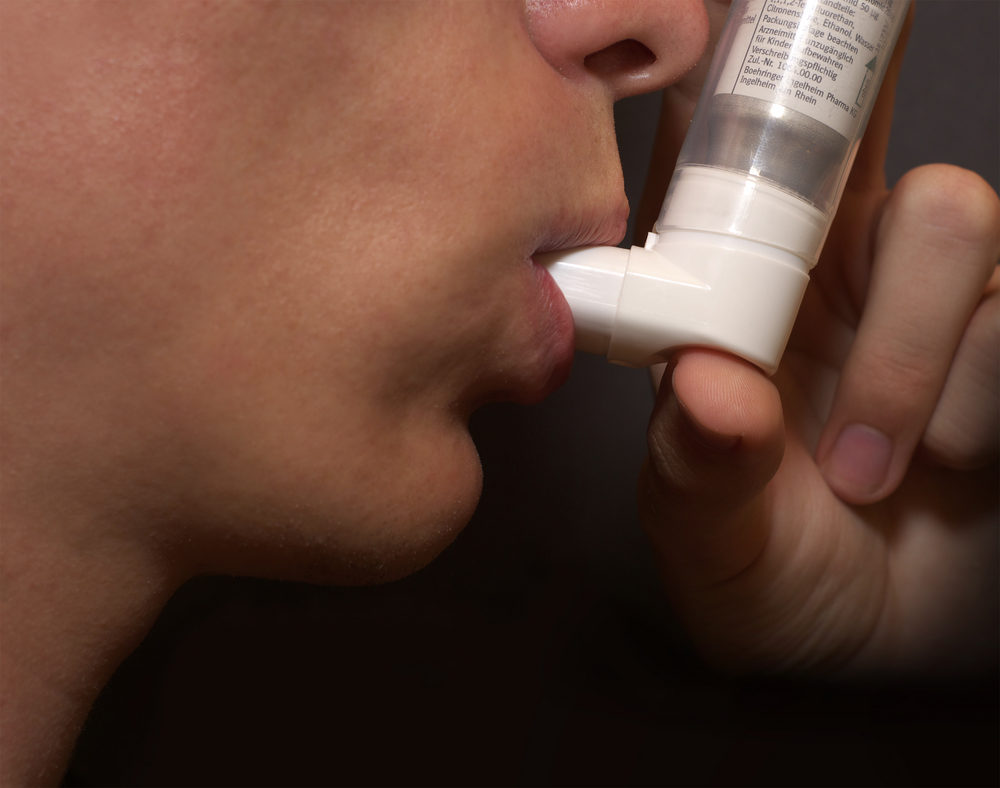Drops in Air Pollution Levels Linked to Fewer Childhood Respiratory Problems: Study

Improvements in air quality appear to be helping alleviate children’s symptoms of bronchitis, asthma and other respiratory problems, according to the findings of a new study.
In findings published by the Journal of the American Medical Association (JAMA) on April 12, researchers from the University of Southern California in Los Angeles found that drops in ambient air pollution, including nitrogen oxide, ozone, and particulate matter, were linked to statistically significant decreases in bronchitic symptoms in children.
The study involved data on than 4,600 children ages 5 to 18 in eight Southern California communities from 1993 to 2001, 1996 to 2004, and 2003 to 2012. The average age of the participant was eight, with 49 percent were girls and 45 percent Hispanic White.

Did You Know?
Millions of Philips CPAP Machines Recalled
Philips DreamStation, CPAP and BiPAP machines sold in recent years may pose a risk of cancer, lung damage and other injuries.
Learn MoreThe breakdown of participants is particularly significant, since recent research has highlighted that minority neighborhoods are more likely to be in the path of harmful air pollution which may have lasting health effects on children. These communities often had levels 8 percent higher of particulate matter and 3 percent higher nitrogen oxide.
Researchers measured the average concentrations of nitrogen dioxide, ozone, particulate matter with an aerodynamic diameter of less than 10 mm and particulate matter less than 2.5 mm in the ambient air in Southern California.
Parents and children reported daily bronchitic symptoms during the previous 12 months, including daily cough for 3 months in a row, congestion or phlegm other than when accompanied by a cold, or bronchitis.
Decreases in nitrogen dioxide, ozone and particulate matter were associated with significant decreases in bronchitic symptoms in children with and without asthma. Researchers found that a 47% reduction in levels of particulate matter was associated with a 32% reduction in the likelihood of bronchitis symptoms in 10-year old children with asthma. That also resulted in a 21% drop in symptoms among children without asthma.
As for nitrogen dioxide, a 49% decrease in air pollution was associated with a 21% reduction in the likelihood of getting bronchitis and experiencing related symptoms among asthmatic children, and a 16% reduction among non-asthmatic children.
Since 1992, significant improvements in air quality have been observed across Southern California due to the broad range of air pollution reduction policies and strategies, Kiros Berhane, Ph.D, lead author of the study indicated. However there were no scientific measurements taken and used for this study.
The implications of reduced air pollution linked to reductions in asthma symptoms are far reaching. A study published earlier this year revealed a link between prenatal exposure to pollution and a lasting effect on a child’s ability to get along with others, and the ability to control their emotions or impulses.
Another study published in 2014, revealed a link between exposure to air pollution and changes to a child’s brain, changes that may cause autism, schizophrenia and other neurological disorders.
Berhane emphasized ambient air pollutants are important determinants of bronchitis occurrence in children. The findings “support potential benefit of air pollution reduction of asthma control,” Berhane said.
Get more articles like this sent directly to your inbox.
"*" indicates required fields





0 Comments